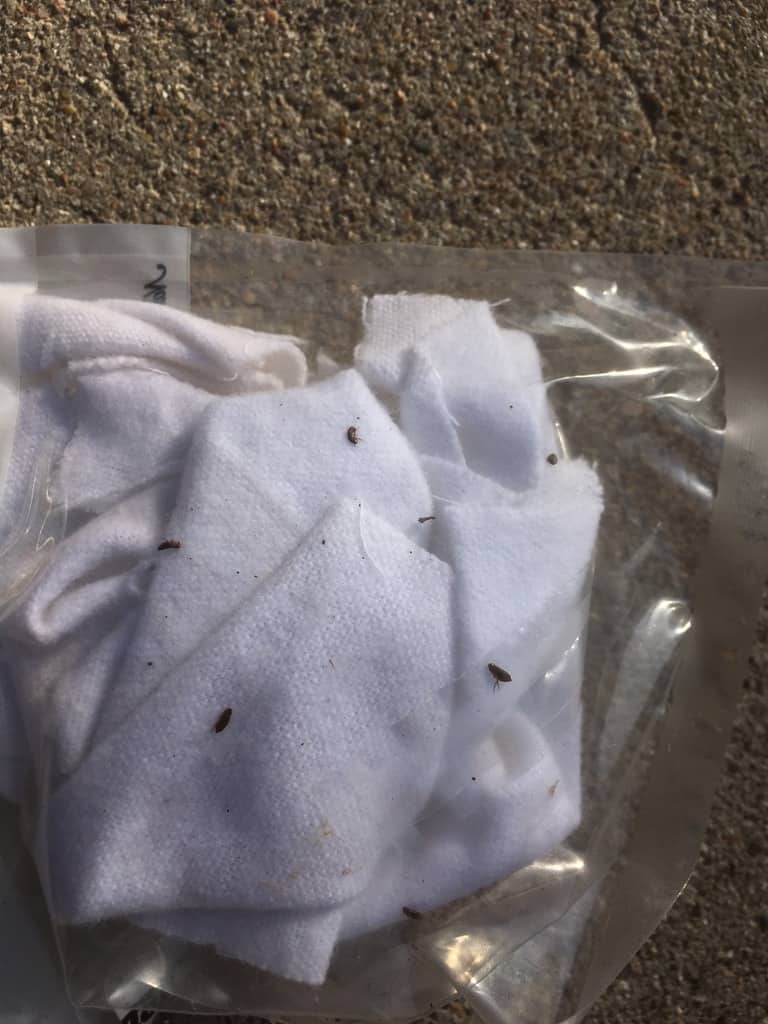Share this article
Black-tailed prairie dogs aren’t plague reservoirs
Black-tailed prairie dogs seem to be only victims to sylvatic plague, rather than reservoirs for the disease in the grasslands environments where they live.
Sylvatic plague is the wildlife version of the plague that has affected humans in massive pandemics. It’s caused by the bacterium Yersinia pestis, which is transmitted between animals by fleas. The disease affects a number of small mammals, from mice to rabbits, including species of conservation concern like black-tailed prairie dogs (Cynomys ludovicianus), as well as the federally endangered black-footed ferrets (Mustela nigripes) that prey on them. The disease can nearly wipe out entire populations of prairie dogs and ferrets.
“Plague is a huge concern—it’s definitely one of the main concerns for black-footed ferrets, for sure,” said David Wagner, a biology professor and associate director of the Pathogen and Microbiome Institute at Northern Arizona University.
While we know how the disease is transmitted, it’s unclear how the bacteria persist in the environment to cause future outbreaks. Some researchers thought that black-tailed prairie dogs might harbor the disease as a reservoir.
“Black-tailed prairie dogs are sort of notorious for epizootic outbreaks,” Wagner said.
In a study published recently in Integrative Zoology, Wagner and his co-authors conducted fieldwork in 2004 and 2005 to test this idea. The researchers trapped prairie dogs and other rodents in the grasslands around Boulder, Colorado. They collected fleas from the animals and tested them for the Yersinia pestis bacteria. They also tested blood samples from the rodents for plague antibodies.

Plague-infected fleas collected from dead black-tailed prairie dogs. Credit: David Wagner
The first year revealed no evidence of the plague or plague antibodies. But in 2005, the researchers found the disease swept through some populations they were tracking. It began in areas outside the prairie dog colonies, and then quickly began to show up in the colonies in animals that share prairie dog burrows like deer mice (Peromyscus maniculatus), voles and rabbits. Eventually the prairie dogs contracted it, and some colonies were nearly wiped out, with some populations dropping 90-95%.
Wagner said this observation reveals that plague didn’t originate from the black-tailed prairie dog colonies, but rather the smaller rodents that brought it in from elsewhere. The fact that prairie dogs are nearly wiped out is bad for them, but it means that they aren’t good reservoirs for the long-term persistence of the disease. If all the animals die, they can hardly pass the disease on to other colonies, after all.
“An epizootic host can’t maintain the plague,” Wagner said.
While this may clear black-tailed prairie dogs from being the reservoir for plague, the research didn’t reveal which species was the culprit.
“Unfortunately it didn’t shed any insights into what the cryptic reservoirs are,” Wagner said, adding that it’s possible the plague persists by bouncing between rodent species. “It’s a little bit like a needle in a haystack.”
As far as wildlife management, techniques for control remain the same—developing a vaccine for prairie dogs and ferrets, and focusing on flea control, Wagner said.
Header Image: Black-tailed prairie dogs are susceptible to sylvatic plague. Credit: Larry Smith








